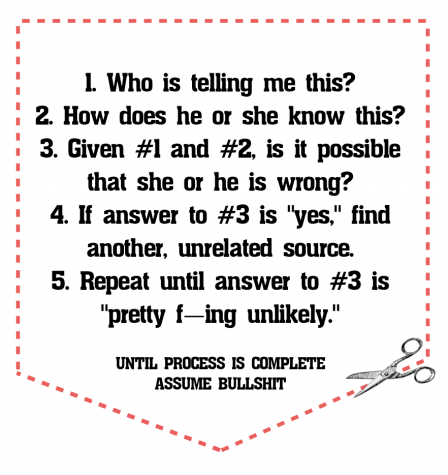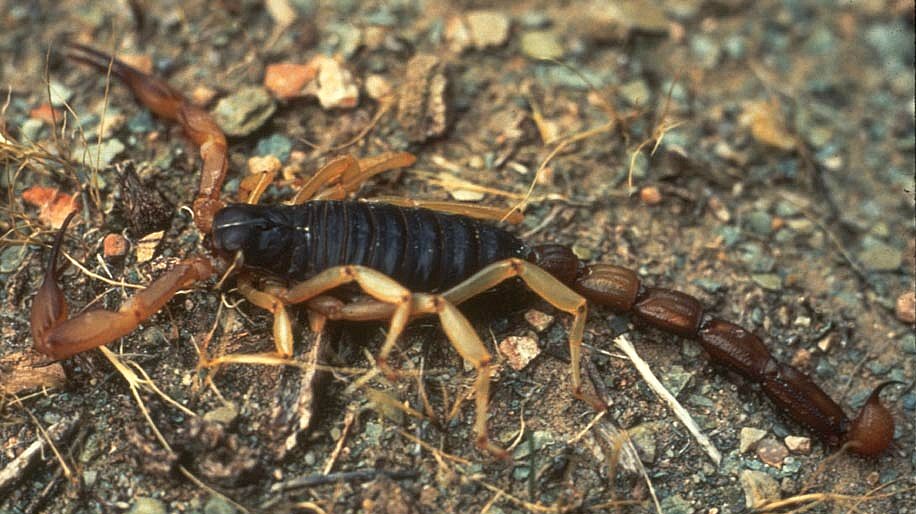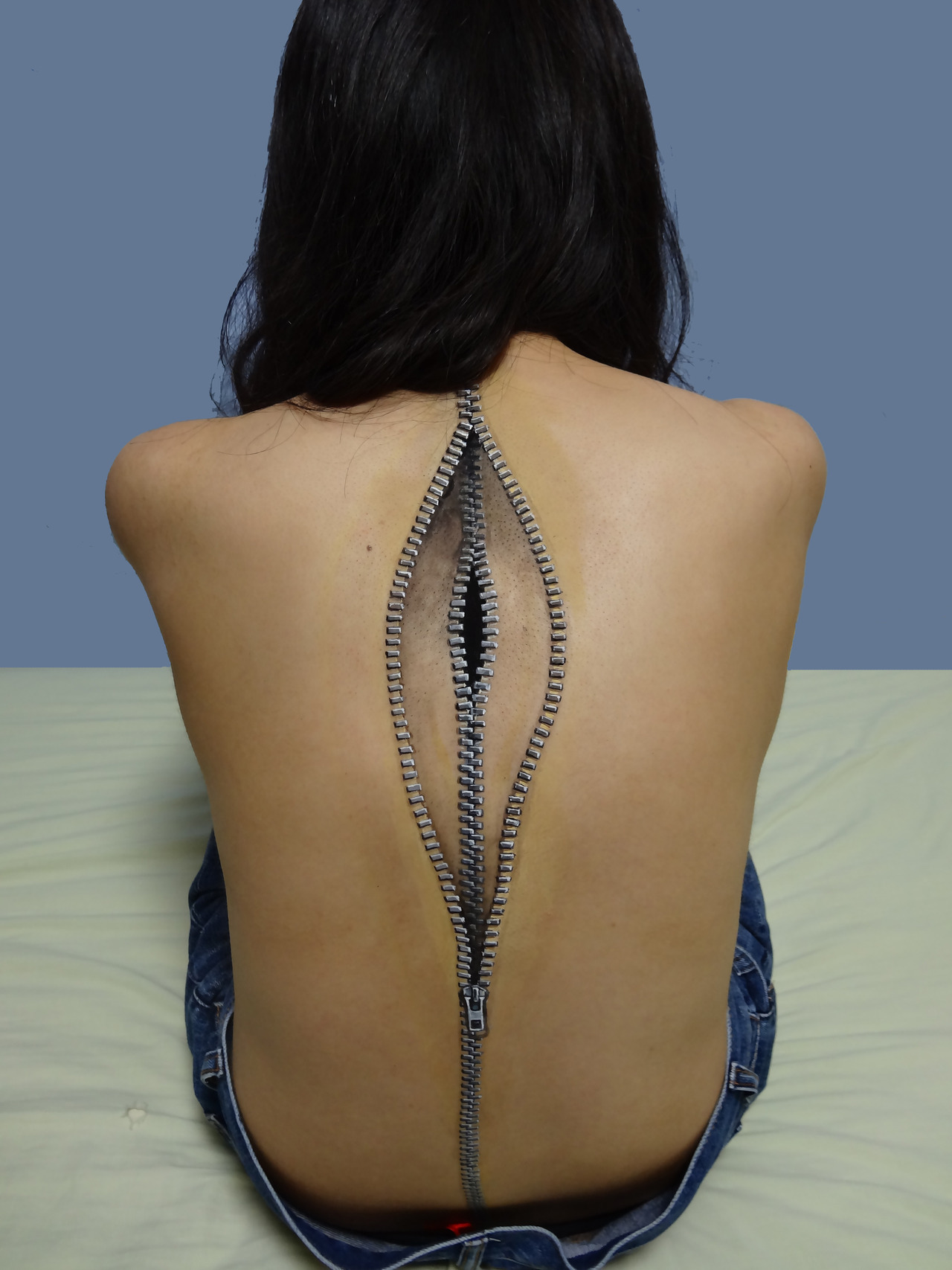
You can read descriptions of what all these critter are at Dive Shield.


| Brightfield images of Afrevania longipetiolata, anterior to the left.A: Dorsolateral view. B: Dorsal view. doi:10.1371/journal.pone.0094056. |
| Fore wing of Afrevania longipetiolata sp. nov.A:
CLSM micrograph of the fully unfolded fore wing, anterior to the left. B: Brightfield image of the fully unfolded fore wing, anterior to the left. C: Brightfield image of the folded fore wing, anterior to the top. doi:10.1371/journal.pone.0094056. |


 |
Top: regular helix
Middle: a hemihelix with one perversion marked by an arrow Bottom: a hemihelix with multiple perversions The scale bar is 5 cm for each image. Credit: Jiangshui Huang |
 |
| Robonaut attached to Centaur 1 cart |



 |
| ©cho All Right Reserved. |
 |
| ©cho All Right Reserved. |
 |
| ©cho All Right Reserved. |